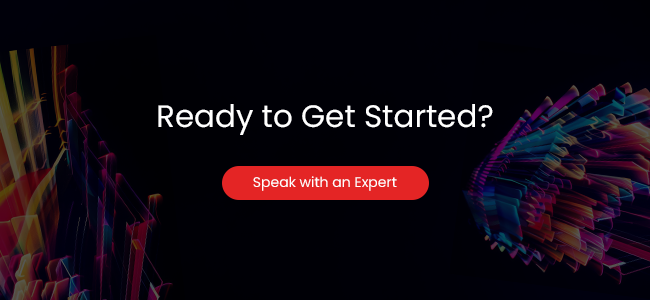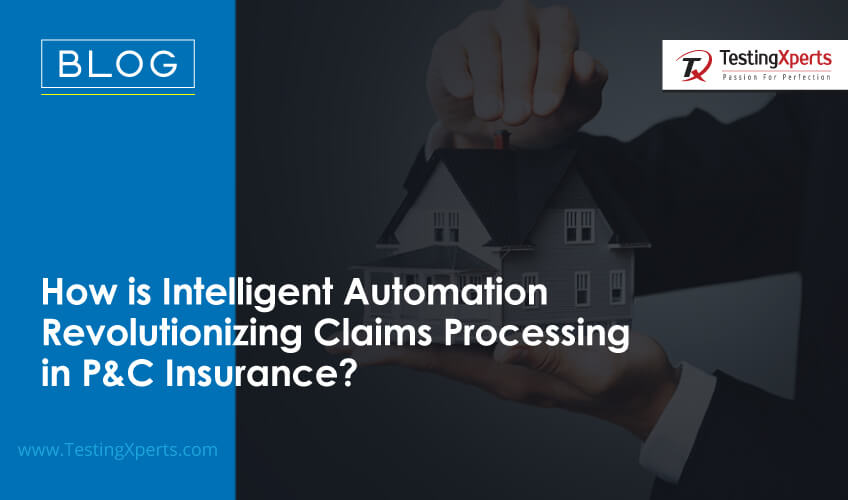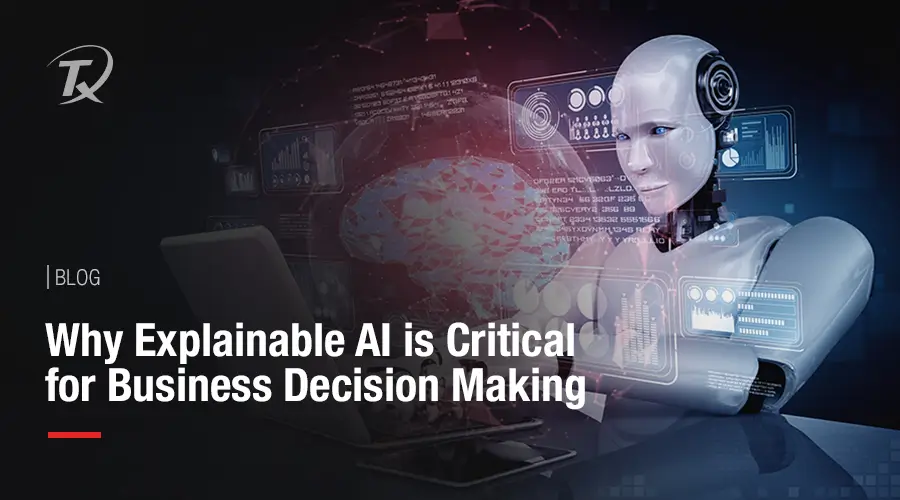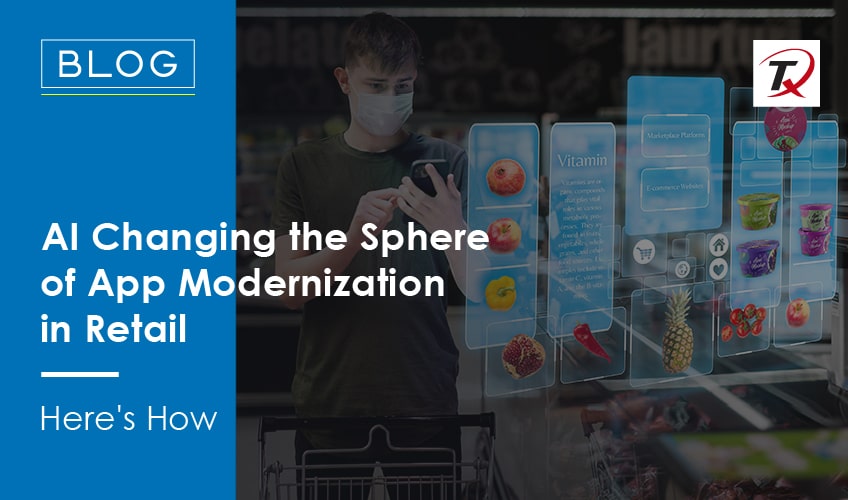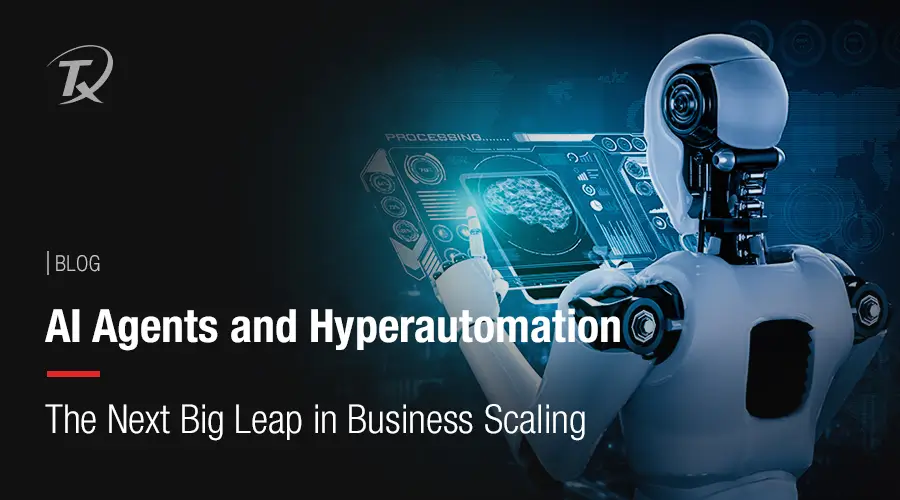
- Understanding AI Agents and Hyperautomation
- What is Hyperautomation?
- How AI Agents and Hyperautomation are Revolutionizing Business Scaling
- Industries Leading the AI & Hyperautomation Revolution
- The Future of AI Agents and Hyperautomation
- Conclusion
The future is automated: AI agents and hyperautomation are here to stay
70% of organizations will implement AI-driven automation in some form to scale operations efficiently, as per Gartner. This number marks a huge shift – enterprises failing to adopt AI agents and hyperautomation risk falling behind in an increasingly competitive landscape.
The business world is undergoing a complete transformation. Manual workflows and traditional automation are no longer enough to meet today’s fast-evolving market demands. AI agents and hyperautomation have emerged as the ultimate catalysts for scaling businesses—accelerating decision-making, reducing costs, and driving unmatched efficiency.
Hyperautomation, powered by AI agents, goes beyond basic automation by integrating robotic process automation (RPA), machine learning, and cognitive intelligence. It enables businesses to automate complex tasks that once needed human intervention, permitting them to scale at an extraordinary rate.
This is not a thing of the distant future – it’s happening now. Businesses that embrace AI-driven automation are enhancing customer experiences, streamlining operations, and unlatching new growth opportunities. The question is: Is your business updated and ready to scale, or are you lagging?
Understanding AI Agents and Hyperautomation
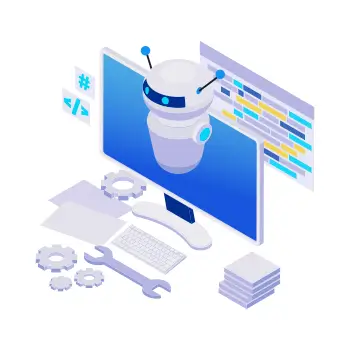
What are AI Agents?
AI agents are autonomous, intelligent software entities capable of learning, adapting, and executing tasks without direct human intervention. Unlike traditional automation tools, they leverage natural language processing (NLP), predictive analytics, and cognitive computing to handle complex operations such as:
Customer interactions:
AI agents like ChatGPT or Google’s Bard provide highly personalized customer support without human involvement.
Fraud detection:
AI-powered agents in banking monitor transactions and detect anomalies in real-time, significantly reducing financial risks.
Supply chain optimization:
AI-driven bots predict demand, optimize logistics, and manage inventory dynamically.
What is Hyperautomation?
Hyperautomation extends beyond basic automation by integrating robotic process automation (RPA), machine learning, and cognitive intelligence to automate even the most intricate processes. Gartner defines hyperautomation as a business-driven approach that automates both IT and business operations at scale.
This approach empowers businesses to:
- Automate decision-making using AI models.
- Eliminate manual intervention in repetitive workflows.
- Enhance operational efficiency by seamlessly integrating AI agents into processes.
How AI Agents and Hyperautomation are Revolutionizing Business Scaling
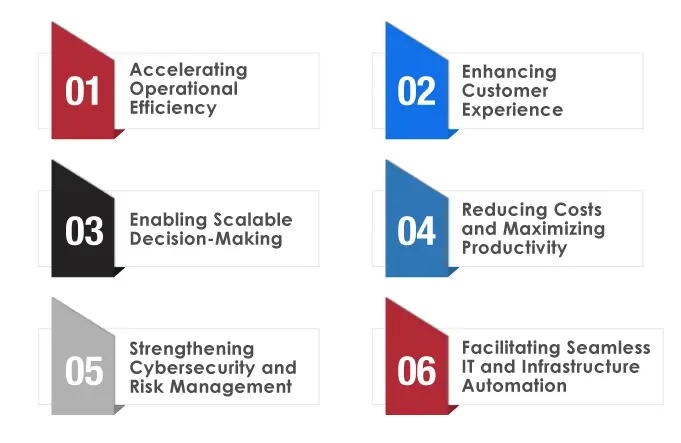
1. Accelerating Operational Efficiency
Hyperautomation eradicates bottlenecks by enabling AI agents to handle repetitive tasks, allowing human employees to pay attention to strategic initiatives.
For example:
- AI-driven RPA bots can manage payroll, process invoices, and update CRM systems in real time.
- AI agents can autonomously detect anomalies, data patterns, and make predictive decisions that check operational inefficiencies.
2. Enhancing Customer Experience
Customer expectations are at an all-time high. Businesses must provide seamless, real-time experiences to stay competitive. AI agents and hyperautomation help by:
- Deploying conversational AI for 24/7 customer support.
- Using predictive analytics to anticipate customer needs and personalize interactions.
- Automating order processing, refunds, and service requests to enhance user satisfaction.
3. Enabling Scalable Decision-Making
AI-driven hyperautomation equips businesses with real-time insights and self-learning capabilities, enabling them to scale decision-making across departments.
For instance:
- AI-powered business intelligence tools can generate reports in seconds, allowing executives to make data-driven decisions.
- AI agents in financial institutions can detect fraudulent activities in transactions, reducing risks.
4. Reducing Costs and Maximizing Productivity
By integrating AI agents into hyperautomation workflows, businesses achieve cost reductions of up to 30-50%, as reported by McKinsey. This is due to:
- Lower operational costs by reducing reliance on human-intensive processes.
- Faster turnaround times, leading to higher output with fewer resources.
- Automated compliance tracking, reducing regulatory risks and fines.
5. Strengthening Cybersecurity and Risk Management
AI agents are playing a crucial role in cybersecurity by:
- Monitoring network activities in real time to detect and prevent cyber threats.
- Automating incident response protocols to mitigate security breaches.
- Leveraging AI-driven analytics to assess risks and vulnerabilities proactively.
6. Facilitating Seamless IT and Infrastructure Automation
AI-powered hyperautomation is streamlining IT management by:
- Automating software deployment, updates, and bug fixes.
- Self-healing AI agents that detect and resolve system errors before they cause downtime.
- Intelligent workload balancing for cloud computing and server optimization.
Industries Leading the AI & Hyperautomation Revolution

1. Banking & Finance
- AI agents automate fraud detection, risk assessment, and customer service.
- Hyperautomation streamlines loan approvals, compliance checks, and financial forecasting.
2. Healthcare
- AI-driven automation is enhancing diagnostics, patient data management, and virtual health assistants.
- Predictive AI models help in disease detection and treatment planning.
3. Retail & E-Commerce
- AI agents personalize product recommendations and optimize supply chain logistics.
- Hyperautomation automates inventory management and order fulfillment.
4. Manufacturing
- AI-driven robotics improve production efficiency and predictive maintenance.
- Automated quality control systems reduce defects and enhance productivity.
The Future of AI Agents and Hyperautomation

The next phase of AI-driven hyperautomation will focus on:
- Self-learning AI agents capable of decision-making with minimal human intervention.
- AI-powered digital twins for real-time simulations of business operations.
- Decentralized AI automation for distributed and autonomous enterprise workflows.
- AI-powered low-code/no-code platforms enabling businesses to automate without extensive IT expertise.
- As AI and hyperautomation evolve, businesses will see unparalleled scalability, efficiency, and innovation.
Conclusion
AI agents and hyperautomation are no longer optional—they are business imperatives for scaling efficiently and staying competitive.
AI agents and hyperautomation aren’t futuristic concepts—they’re defining today’s business landscape. Organizations that embrace these technologies will lead the next era of efficiency, intelligence, and growth.
The future is here. It’s time to scale beyond limits.
Discover more
Get in Touch
Stay Updated
Subscribe for more info

